
Ingredient
Escaroles and similar-
The Versatile Leafy Greens
Escaroles and similar greens, including endive and frisée, are leafy vegetables that belong to the chicory family. These bitter greens are known for their crisp texture, slightly bitter taste, and versatility in various culinary preparations. Whether used raw in salads or cooked in soups and stir-fries, escaroles and similar greens add a delightful bite and a wealth of nutrients to your dishes.
Origins and history
Escaroles and similar greens have a long history dating back to ancient Egypt and Greece, where they were cultivated for both culinary and medicinal purposes. These greens were highly valued for their bitter flavor and believed to have digestive and detoxifying properties. Today, they are widely enjoyed in Mediterranean and European cuisines.
Nutritional information
Escaroles and similar greens are low in calories but rich in essential nutrients. They are an excellent source of vitamins A, C, and K, as well as folate, fiber, and antioxidants. These greens also contain minerals like calcium, potassium, and iron, which are vital for maintaining bone health and supporting various bodily functions.
Allergens
Individuals with allergies to ragweed or other plants in the Asteraceae family may experience cross-reactivity and should exercise caution when consuming escaroles and similar greens.
How to select
When selecting escaroles and similar greens, look for fresh, vibrant leaves that are free from wilting or discoloration. The leaves should be crisp and firm to the touch, with no signs of sliminess or yellowing. Avoid any greens with brown or mushy spots, as they indicate spoilage.
Storage recommendations
To keep escaroles and similar greens fresh, remove any damaged or wilted leaves and store them in a perforated plastic bag in the refrigerator's crisper drawer. They can stay fresh for up to a week. Before using, rinse the leaves thoroughly under cold water to remove any dirt or debris.
How to produce
Escaroles and similar greens can be easily grown in home gardens or containers. They thrive in cool weather and require well-drained soil and regular watering. Sow the seeds directly in the garden or start them indoors and transplant them once they have developed a few leaves. Harvest the outer leaves as needed, allowing the inner leaves to continue growing.
Preparation tips
Escaroles and similar greens can be used in a variety of ways. They are commonly used in salads, either on their own or mixed with other greens. Their slightly bitter taste pairs well with citrusy dressings or creamy cheeses. These greens can also be sautéed with garlic and olive oil, braised with broth and herbs, or added to soups and stir-fries for an extra layer of flavor and texture.
Culinary uses
Escaroles and similar greens are versatile ingredients that can be used in a wide range of dishes. They are commonly used in Mediterranean cuisines, particularly in salads, soups, and side dishes. These greens are also popular in French and Italian cuisines, where they are often paired with bold flavors like anchovies, garlic, or Parmesan cheese.
Availability
Escaroles and similar greens are widely available in most grocery stores and supermarkets, especially during the cooler months. They are commonly cultivated in Mediterranean countries like Italy, France, and Spain, as well as in the United States.
More ingredients from this category
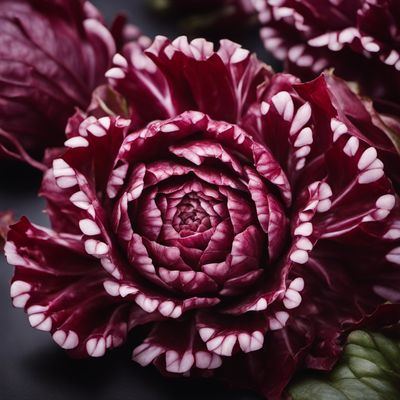
Radicchio
The Bitter Beauty

Wild chicories
The Bitter Elegance: Wild Chicories
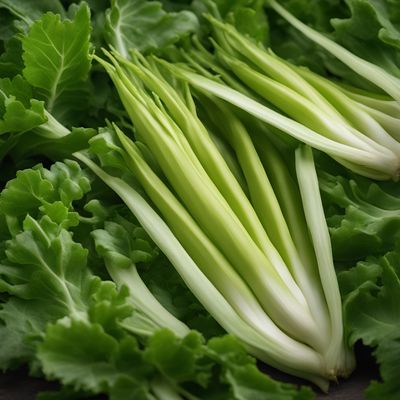
Escaroles
Bitter and Bold: The Versatile Leafy Green

Dandelions
Vibrant Wild Greens
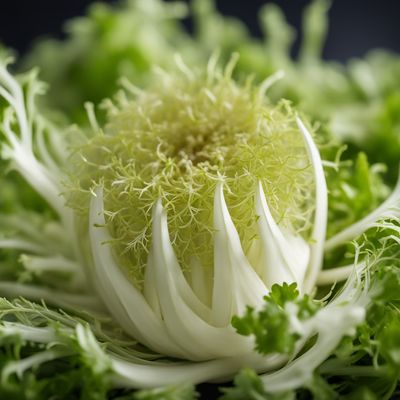
Curly endives
The Elegant Bitter Green
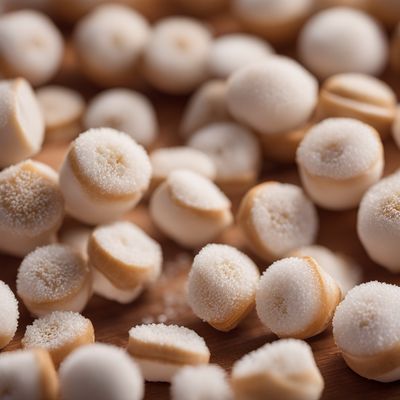
Sugar loaf chicories
Bitter Elegance: Unveiling the Beauty of Sugar Loaf Chicories
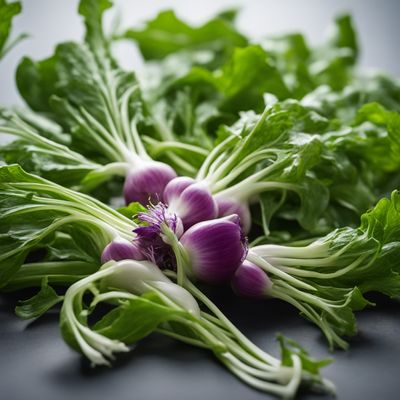
Puntarelle
Crispy Bitter Delight: Exploring the World of Puntarelle